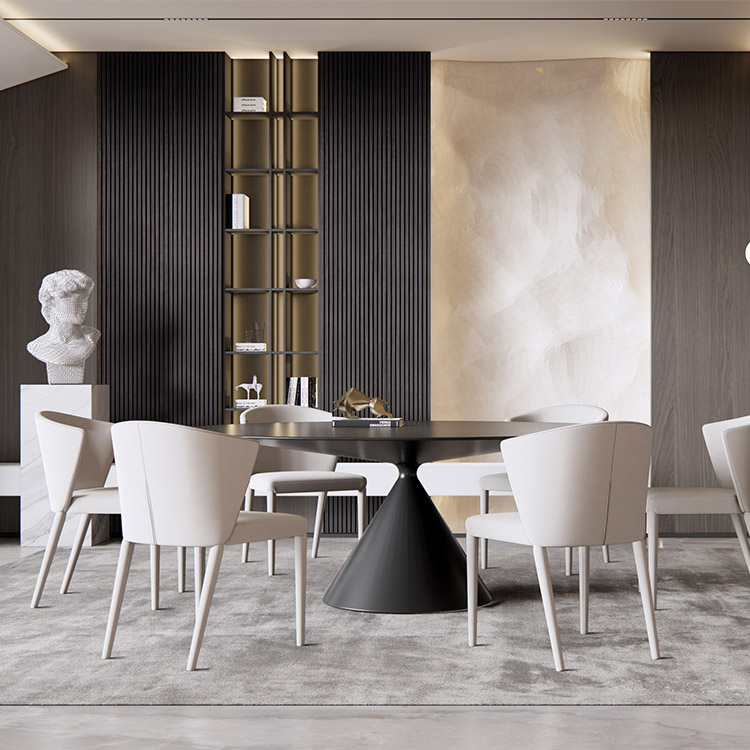When designing a space with optimal sound quality—whether it's a home studio, office, or commercial setting—acoustic treatment plays a critical role. One common question in DIY acoustics is: “How thick should DIY acoustic panels be?” The answer can vary depending on your acoustic goals, but let’s explore the most effective options.
At Guangdong Liyin Acoustics Technology Co., Ltd.( Leeyin ) , we specialize in high-performance wood slat acoustic panels designed to offer exceptional sound absorption, visual elegance, and environmental sustainability. As a leading manufacturer and exporter in China, we’re proud to support both B2B clients and project contractors worldwide.
📐 Ideal Thickness for DIY Acoustic Panels
When it comes to sound absorption, thicker panels generally absorb more low-frequency sound, while thinner ones are better for high-frequency noise. Here's a general breakdown:
-
1 inch (25 mm) – Suitable for basic echo control and high-frequency absorption in smaller rooms.
-
2 inches (50 mm) – A popular DIY choice, offering a balance between performance and material use.
-
4 inches (100 mm) – Excellent for broadband absorption, especially effective for bass frequencies.
For most home or studio DIY setups, 2-inch thick panels offer the best mix of acoustic performance and cost-efficiency.
🧪 Thickness vs. Absorption: What the Science Says
The NRC (Noise Reduction Coefficient) increases with panel thickness. For example:
-
1" panel: NRC around 0.50–0.60
-
2" panel: NRC around 0.80–0.95
-
4" panel: NRC up to 1.0+
Thicker panels, especially when combined with an air gap behind the panel, significantly enhance low-frequency absorption—a critical factor for music studios and media rooms.
🪵 What Materials Should You Use?
For your DIY acoustic panels, the materials matter just as much as the thickness. At Liyin Acoustics, our panels are made from:
-
PET Felt (Recycled, Eco-friendly, Lightweight)
-
E0 MDF (Formaldehyde-free, Safe for Interiors)
-
Wooden Slats (Decorative + Diffusive)
-
All materials are FSC-certified and meet international acoustic and fire safety standards.
If you're making your own panels, using high-density mineral wool or fiberglass at 2–4 inches thickness is recommended. But if you’re looking for a professional finish, our ready-to-install wooden slat acoustic panels are ideal.
💡 Why Choose Liyin’s Wood Slat Acoustic Panels?
✅ Beautiful design with real wood veneer or melamine finishes
✅ E0-grade MDF + PET backing for high-performance absorption
✅ Tested sound absorption coefficients
✅ Quick and easy installation (glue, screw, or mounting track)
✅ Sustainable and certified materials
✅ 20,000 m² advanced production facility
✅ Global B2B export experience to Europe, North America, and Southeast Asia
🎯 Final Thoughts
If you’re planning to build your own acoustic panels, 2 to 4 inches thickness is the sweet spot for excellent results. However, for those looking for aesthetics, durability, and professional-grade performance, Liyin Acoustics' wood slat acoustic panels are the ultimate choice.
Let’s make sound beautiful—both technically and visually.



